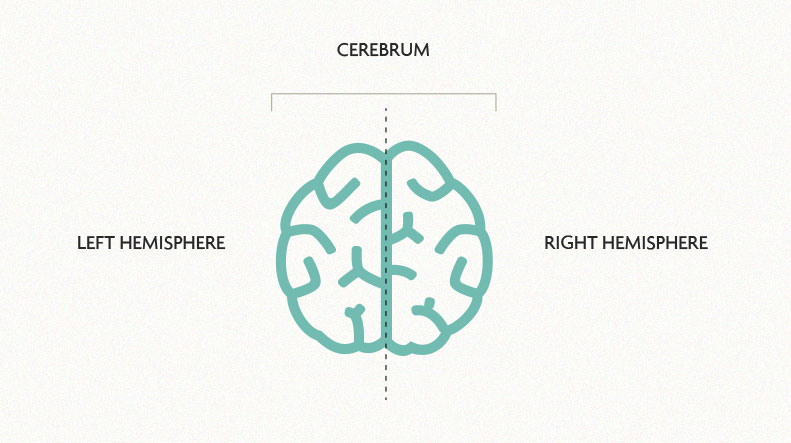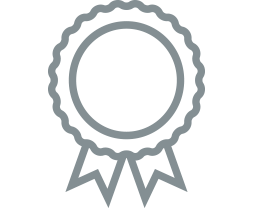Injury, Negligence & Accidents
Other topics
About the brain 
The top part of the brain (cerebrum) is made up of two sides (hemispheres), each of which is divided into four lobes, the frontal, parietal, temporal and occipital. Lower down and at the back is the cerebellum which coordinates movement.
Generally, but not exclusively, each hemisphere serves the opposite side of the body, but there is an additional distinction between the two hemispheres, in that the left hand side is generally dominant for language whereas the right deals with non-verbal information such as vision, touch, calculations, and sound.
The frontal lobes are the largest and most highly developed areas in the brain, and are important in attention, memory, reasoning, judgment, motivation, planning and general control of behaviour. These are all aspects of brain function which are vitally important in daily work and life. If there is report of the frontal lobes suffering damage the legal practitioner should be alerted instantly to the possibility that there may be disruption of the claimant's work or domestic life, possibly of a catastrophic nature.
The temporal lobes also deal with language, memory and other sensory functions and are relevant to emotion and motivation. The parietal lobes govern movement and sensation, and the occipital lobes receive visual information.
There are several deeper structures in the brain, (see glossary), all of which serve an important purpose, but are not involved so often in the legal process.





